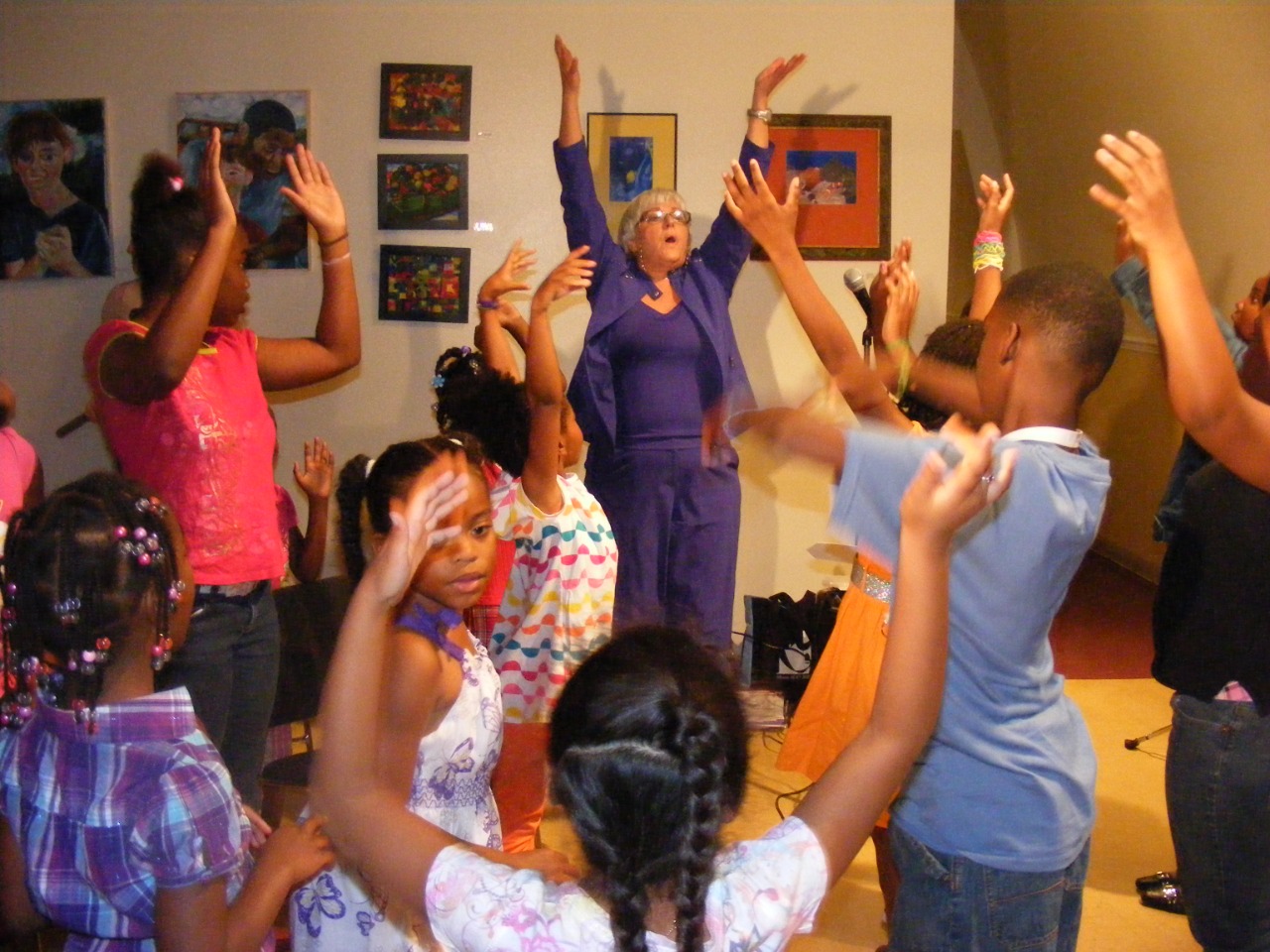In the beginning, as it says in Genesis, “God created the heavens and the earth, and the earth was without form and void…”
In the beginning, as it says in the book Adventures in Integrative Education, God created the children in Midtown, the retired music teacher, and the curriculum which was without form and void. That was more than a decade ago – and, so much has happened since that time that the book needs to be rewritten.
A whole revolution in educational jargon has emerged! Terms like “Common Core” “Back to Basics”, and yes…even “Integrative Education”, have been replaced with the idioms: “Student Engagement,” “Social Emotional Learning,” and STEAM!
Today there seems to be a common awareness about the failure of the educational system instead of a common core for learning. If it is true that the educational system of the past no longer fits the needs of today’s students, we must ask the question…what does?
This blog is a rewrite and adaptation of Adventures in Integrative Education, the book that I wrote and published in 2015. In this text, I endeavored to share an overview of child development principles and factual information about scientific studies regarding how children learn and how the brain functions at optimal levels of function.
I interwove these facts within a backdrop story of my experience with the beautiful black children in the “underserved” section of town called Midtown — in a world war II repurposed Quonset Hut named “The Royal Theater.”
As a retired teacher, I assumed that I knew how to teach and how to make a contribution to these energetic young students. I was wrong! First of all… you need to capture the children in order to get them to pay attention! Right? There is a wonderful educator who has developed a whole program for successful teaching that he calls “Teach like a Pirate!” It is indeed necessary to capture the attention of the students in order to enable learning.
Today’s students are adept at doing their own thing. They have all kinds of stimulus from online social media as well as TV and they all know the latest rap songs – whether appropriate words or not! In addition, this was an after school program and these students had already been in the academic environment for eight hours! I realized that the initial challenge was to get their attention and hold it for enough time to establish some kind of goal or challenge.
The interior of the building’s convex shaped corrugated metal roof had been sprayed with some kind of insulating foam and there were no windows There was, however, a dance studio with large mirrors, and a fine recording studio from which resounding booms emanated throughout the building. Young ballerinas darted in and out of the one bathroom and groups of older students hung out in small self managed study groups. I was assigned to the “music” room, which was a twelve foot square room filled with a broken drum kit, an old upright piano, and a few folding chairs.
This was not the perfect classroom! There were no organized ensembles like choirs or bands, but this structure was, however, filled with a kind of hope. It was the “if you build it they will come kind of hope…” There was a stage on which to present a play. There was the main auditorium/gym where an audience could be seated. And, there were microphones and video cameras. A young man was often observed carrying a large TV camera on his shoulder while filming students as they practiced their reenacted songs or improvised acting skills.
It was in this interesting cacophony of sounds, smells, and movement that I was challenged to discover a way to make a difference. I could feel the energy of optimism and creativity. The challenge was simply how to create a purpose or focus for the students so that I had time and opportunity to share information.
This is the challenge for today’s educators. It’s not what you teach… we have gobs of academic facts and knowledge to be imparted. It’s not just facts and figures shared through visual and verbal communication! It is, however, truly…“HOW” you teach that is going to make the difference in the schools of this educational revolution! How can a teacher transmit information so that it is received simultaneously by all the bodily senses… including the “kinesthetic” or sensory organs of the body along with visual, aural, and tactile receptors?
Everything has changed! The students have changed! The manner in which information is transmitted has changed! And, the purpose for what students are expected to learn has changed.
More importantly, however, is that the style or mode of imparting facts needs to change. The way that we present, practice, and perform the ideas, concepts, discoveries, and implementation of information must be created so as to present material simultaneously as well.
The teacher can no longer stand in the front of the classroom and dictate rudimentary lessons for independent pursuit or study. The students can no longer be held hostage for instructions that promote lengthy reading, writing, and mathematical tasks. And, the manner in which we examine and assess competency and acquisition of information needs to change also. As in Genesis, we need a “mighty wind to be swept over the waters.” We need to both see and feel the evolution of the pedagogy for the students of this new world!

